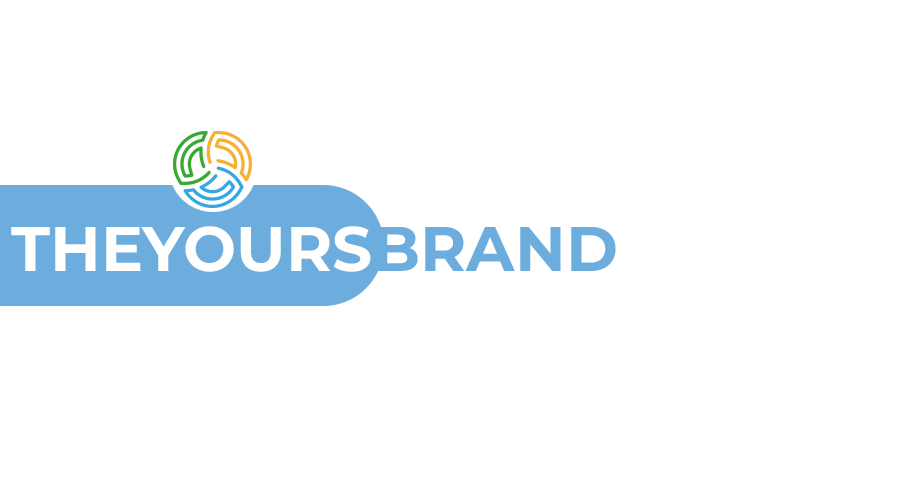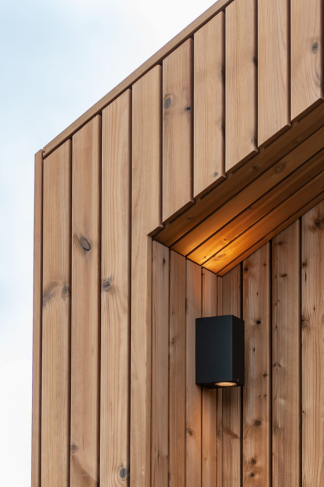Modern architecture emphasizes both aesthetics and functionality, and Thermowood Cladding has emerged as a top choice for architects, builders, and homeowners looking to enhance building exteriors. Its combination of natural beauty, durability, and sustainable sourcing makes it an ideal material for a wide range of projects, from residential homes to commercial spaces. Understanding the various profiles available helps make an informed choice that aligns with design goals.
1. Vertical Cladding Profiles
Vertical cladding profiles offer a sleek, contemporary appearance. They are ideal for buildings aiming to create height and elegance in their design. Key benefits include:
- Enhanced water runoff: Vertical orientation prevents water accumulation and reduces the risk of decay.
- Modern visual appeal: Provides clean lines that suit minimalistic and modern architectural styles.
- Versatile installation: Works well on façades of varying heights and shapes.
2. Horizontal Cladding Profiles
Horizontal cladding profiles provide a classic yet stylish look that works well for both traditional and modern structures. Some advantages include:
- Visual expansion: Horizontal lines can make a building appear wider, adding a sense of spaciousness.
- Ease of maintenance: Allows straightforward cleaning and maintenance of individual boards.
- Flexible design options: Compatible with multiple timber species and finishing treatments.
3. Shadow Gap Profiles
One of the most popular choices in contemporary architecture is the shadow gap profile. Often referred to as Thermowood Shadow Cladding, this style introduces a subtle recessed gap between boards, creating a visually striking pattern. Benefits include:
- Distinct aesthetic effect: The shadow gap adds depth and texture to the façade.
- Concealed fixings: Enhances the seamless appearance by hiding nails or screws.
- Durability: The profile allows timber to expand and contract naturally without compromising the look.
4. Shiplap Profiles
Shiplap cladding profiles interlock neatly, providing a watertight finish while showcasing the natural grain of timber. Key highlights include:
- Weather resistance: The overlapping design prevents water ingress.
- Rustic charm: Offers a traditional look while remaining suitable for modern applications.
- Flexibility: Works well for both large-scale commercial projects and smaller residential properties.
5. Tongue and Groove Profiles
Tongue and groove profiles offer a tight, interlocking design that delivers a smooth, uninterrupted surface. Advantages include:
- Structural stability: Interlocking boards provide extra rigidity.
- Refined finish: Delivers a polished, continuous look for premium architectural projects.
- Ease of installation: Reduces gaps and ensures precise alignment during fitting.
Key Considerations When Choosing Cladding Profiles
Selecting the right profile depends on multiple factors:
- Architectural style: Match the profile with the design language of the building.
- Weather conditions: Consider profiles that enhance drainage and reduce maintenance in harsh climates.
- Timber movement: Some profiles better accommodate natural expansion and contraction.
- Maintenance: Choose profiles that align with the desired upkeep level.
Conclusion
Thermowood cladding offers unparalleled versatility, and selecting the right profile can elevate both the function and aesthetic of a building. From vertical and horizontal boards to the elegant shadow gap and interlocking designs, each profile provides unique benefits suited for modern architecture. For those seeking expert advice, high-quality products, and professional installation services, Timber Cladding Specialists in the UK deliver comprehensive solutions that ensure both durability and visual excellence, making it easier to achieve a stunning exterior finish.

